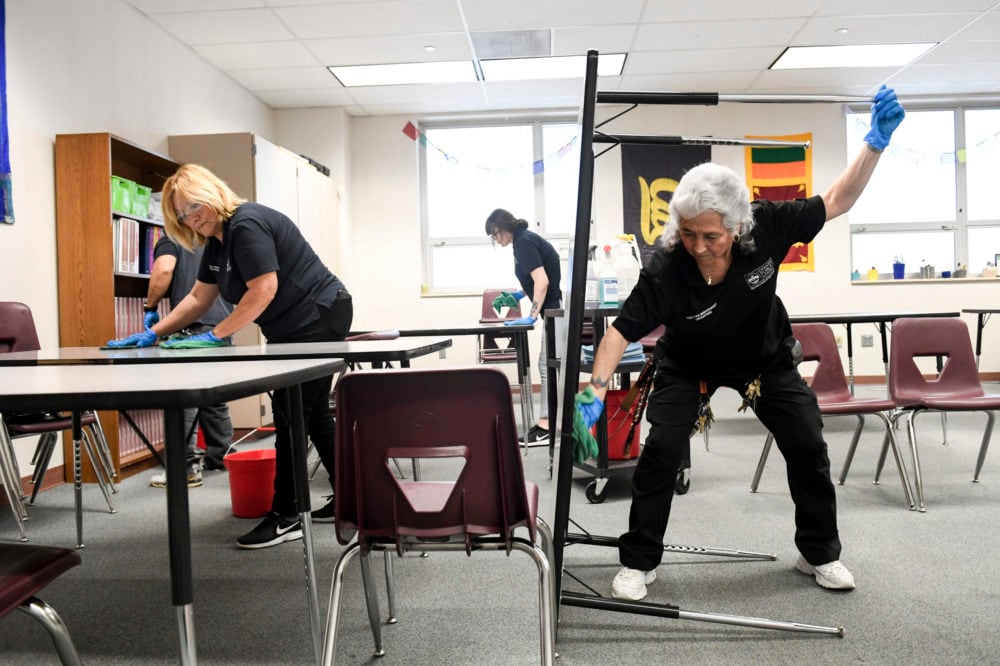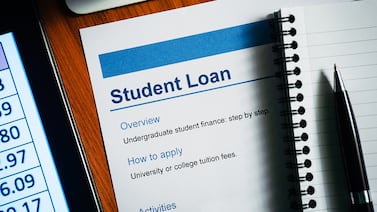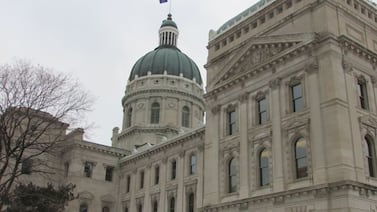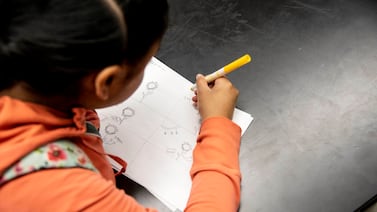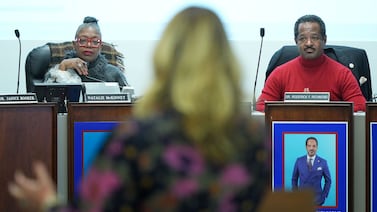Schools are bracing for a recession. State budgets are cratering, leading education advocates to seek federal help. And though most teachers’ jobs have been safe so far, schools may soon face painful cuts.
For many education leaders, this sounds all too familiar.
American schools had to make substantial cuts a decade ago, following the Great Recession, and many states have only recently seen their education budgets recover.
No one knows how similar this economic downturn will be to the last one. But research on how the Great Recession affected schools offers hints about what policymakers can expect and how they might limit the harm done to students — though the difficult reality is that an economic decline is likely to hurt schools and students.
“You’re trying to mitigate the harm — you’re not able to eliminate it,” said Dan Goldhaber, a University of Washington professor who has studied teacher layoffs.
Here are some notable takeaways from that research.
1. The Great Recession did lasting, not just short-term, damage to school budgets.
Schools in most states were spending less money per student in 2015 than in 2008, according to this paper from the Center on Budget and Policy Priorities, a progressive think tank. Even years after the initial downturn, Florida, Arizona, and North Carolina — the three states with the biggest cuts — were spending 20% less than they had been before. It wasn’t until 2016 that education funding in most states had recovered.
2. Hundreds of thousands of public school staffers lost jobs.
This study provides an overview of what the Great Recession meant for public schools, including:
- Ultimately, about 300,000 school employees lost their jobs. That’s nearly 4% of the education workforce.
- States were hit harder if they relied more on state taxes, as opposed to local tax revenue, to fund schools. That’s because sales and income taxes fluctuate more than property taxes.
- The federal stimulus helped fill funding gaps, though other research has suggested it ran out too soon and wasn’t targeted to the districts where it was needed most.
3. High-poverty schools’ budgets were hit hardest.
That’s the conclusion of a paper that looked at national data and also zoomed in on Texas. Across the country, high-poverty districts rely more on state funding — and while affluent school districts saw those dollars drop by about $500 per student, high-poverty districts in the same state lost over $1,500 per student.
4. Teachers unions may have blocked even deeper funding cuts.
States with laws barring collective bargaining saw deeper funding cuts to schools, even controlling for other factors that could explain why. This study suggests, though can’t prove, that strong unions may play a protective role.
“Our results indicate that when budgets are up for debate, and teachers’ unions are weak, politicians increase the severity of their cuts to K-12 education,” the researchers concluded.
This aligns with prior research showing that stronger teachers unions help ensure money earmarked for education actually reaches school districts, which helps students academically.
5. Seniority-based layoffs may have come with harmful consequences.
The last recession prompted a major debate about how to determine which teachers get laid off. Seniority was often a key factor. This study, though, suggests that this approach can have negative consequences.
Using data from Charlotte, North Carolina, the paper shows that students entering grades where an effective teacher was laid off did worse on state tests in the future. (A teacher’s effectiveness here was measured by both principal evaluations and their impact on student test scores.) Losing an experienced teacher, rather than a novice teacher, didn’t make a clear difference.
Prioritizing experience also requires laying off more teachers, since novice teachers are paid less.
“Layoff policies that do not incorporate increasingly available measures of teacher effectiveness fail to consider all the best available information when making high-stakes decisions,” concluded researcher Matt Kraft.
This is consistent with research comparing different layoff policies and another recent study showing that states that banned seniority-based layoffs saw greater increases in high school graduation rates.
Keep in mind, though, that measuring teacher performance is fraught, and will be particularly difficult right now because of the closure of school buildings. In fact, a number of states have already waived teacher evaluation requirements this year.
6. In some districts, low-income, black, and Hispanic students were more likely to see their teachers laid off.
In Los Angeles public schools, just 2% of white middle and high school students had their teachers laid off in 2008 and 2009, while over 4% of black and Latino students in the district did, according to this study.
That kind of inequity can happen if districts, particularly large ones, make layoff decisions using district-wide criteria where high-poverty schools often come out on the bottom.
Other research showed that the layoff process can lead to unnecessary churn, as teachers shuffled between schools with more or fewer layoffs. That can also hurt students.
There are ways to avoid this: make layoffs on a school-by-school basis, or choose to protect the most disadvantaged schools from layoffs. Los Angeles did the latter in response to a court case, and the study found that this made layoffs more equitable. The approach also has the benefit of making those schools more appealing because they offer greater job security.
7. Job uncertainty likely hurt teachers’ performance.
During economic downturns, teachers, like many people, are forced to worry about their job security. This study finds that these concerns have tangible consequences.
Teachers in Los Angeles and Washington state who received layoff notices — but ultimately were not actually laid off — saw their performance decline. The researchers speculate that the potential of being dismissed might have prompted a drop in morale.
8. Teachers were less satisfied with their jobs.
In 2012, just 39% of teachers reported being very satisfied with their jobs, the lowest figure in decades — down from 62% in 2008. The survey can’t prove what explained this steep decline, but the Great Recession is a likely culprit. Teachers reported greater stress, and most said their schools’ budget had been cut.
Paradoxically, other research has shown that teacher turnover actually decreased during the recession, probably because when there aren’t many good job prospects, few people voluntarily leave their current jobs.
9. Private schools lost students.
During an economic downturn, private school tuition can become a luxury some families can’t afford. Indeed, this draft study found that private school enrollment declined steeply in areas harder hit by the Great Recession. This was particularly the case among white, affluent families from the suburbs. In the most affected areas, private school enrollment dipped from 9% of students to about 5%.
This has implications for the bottom lines of both private and public schools: private schools lose tuition dollars, while public schools bear the cost of educating additional students while budgets are strained.
Federal data shows that private school enrollment bounced back by 2015.
10. States made dramatic education policy changes in pursuit of a relatively small pot of federal money.
When states are desperate for money, they’ll make big changes to get it. That was the key takeaway from the Race to the Top competition, which incentivized states to make policy changes in exchange for additional federal stimulus dollars. Even states that didn’t win extra money still enacted reforms favored by the Obama administration, like tougher teacher evaluations and the expansion of charter schools.
Those changes would quickly prove controversial, and a number of states have rolled back the practice of tying teacher evaluations to student test scores.
Right now, there doesn’t seem to be much appetite from either the current administration or big philanthropies for a similar program.
11. Many students were displaced from their homes — and that likely hurt students academically.
An increase in home foreclosures was a defining feature of the last recession, which meant many students were displaced from their homes. Using data from before and during the Great Recession in Boston, this paper documents how those moves hurt the academic performance of both the displaced children and their future classmates.
Educators have long worried about the toll that frequent school moves take on students and school systems.
12. Ultimately, the Great Recession appears to have hurt students’ performance in school.
Two separate studies have documented that students did worse on state or federal tests when their schools cut spending.
One paper found that test score declines were largest in school districts serving more low-income students and students of color. In other words, there’s evidence students did worse overall and existing disparities widened.
In the last decade, federal test scores have flat-lined or even dipped, which some attribute to the Great Recession.

